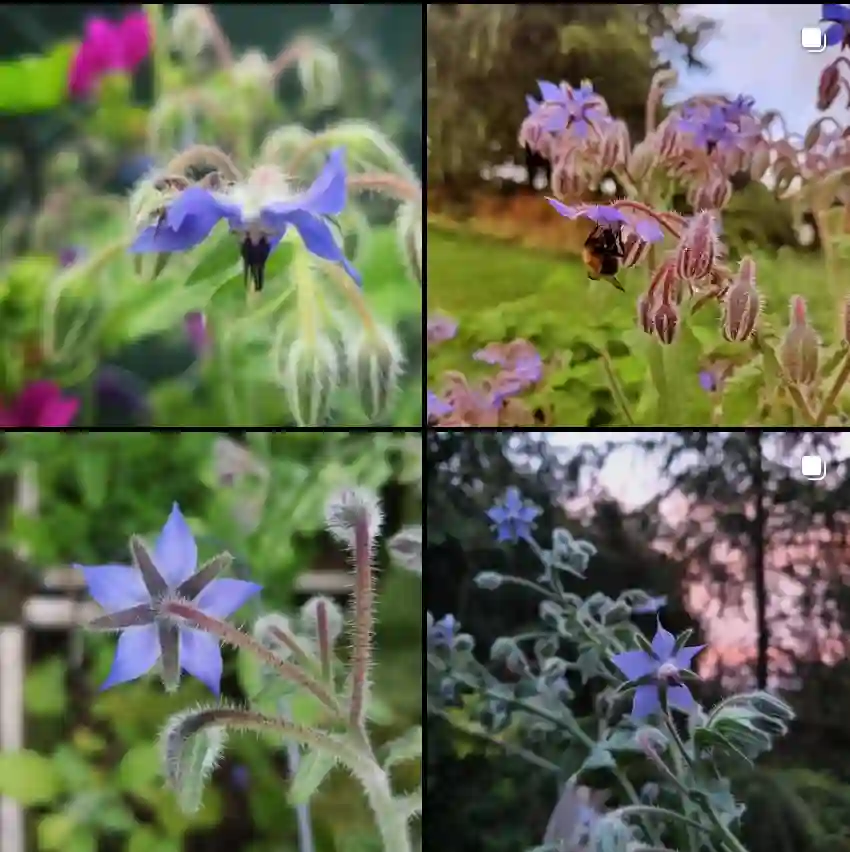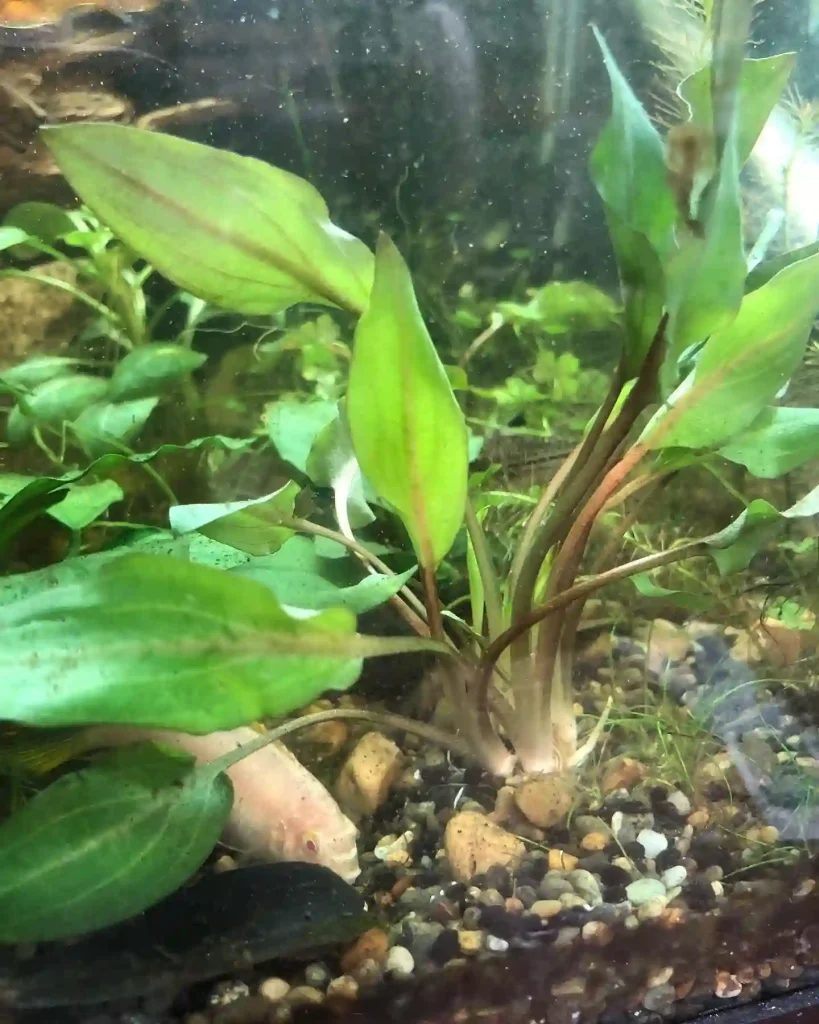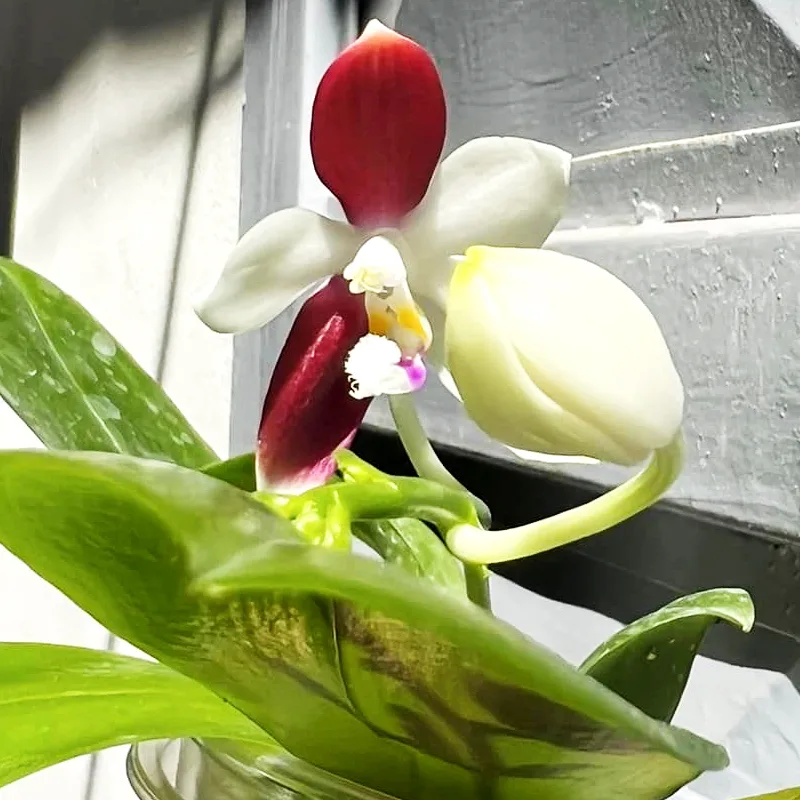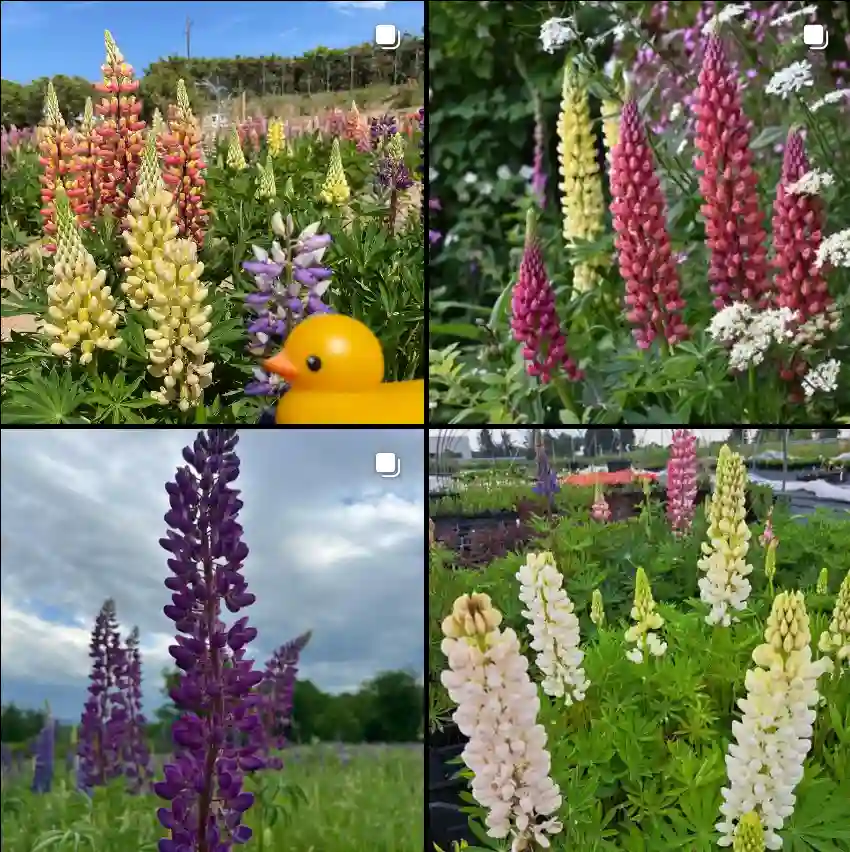
FAQs About Firebush
If you’re thinking about adding a Firebush to your garden, you might have a few questions. I know I did when I first came across this vibrant and versatile plant. Here’s a comprehensive guide based on my experiences and research to help you understand everything about Firebush.
16 Species in Genus Hamelia
When to Prune a Firebush?
Pruning Firebush is crucial to maintain its shape and encourage healthy growth. I usually prune my Firebush in late winter or early spring before the new growth starts. This timing ensures that the plant channels its energy into fresh shoots and blooms rather than expending resources on old or damaged branches. Regular pruning also helps to prevent the plant from becoming too leggy or unruly.
How to Propagate Firebush?
Propagating Firebush is relatively straightforward. I’ve found that taking softwood cuttings in late spring or early summer works best. Simply cut a healthy, non-flowering shoot, remove the lower leaves, and place the cutting in a pot with a well-draining soil mix. Keep the cutting in a warm, humid environment until roots develop. Regular misting helps to keep the humidity high.
Is Firebush Poisonous?
No, Firebush is not considered poisonous. I’ve checked with local gardening experts and poison control centers, and there are no known toxic effects of this plant. However, as with many garden plants, it’s a good idea to keep it out of reach of small children and pets to avoid any accidental ingestion of plant material.
How Tall Does a Firebush Grow?
Firebush can reach impressive heights, usually between 6 to 12 feet tall. I’ve seen some specimens grow even taller under optimal conditions. It’s a good idea to consider this size when planning where to plant it in your garden to ensure it has enough space to flourish.
Is Firebush Native to Florida?
Yes, Firebush is native to Florida and other parts of the southeastern United States. It thrives in the local climate, which makes it a popular choice for adding a splash of color to gardens in this region. Its adaptability to the local environment helps it grow vigorously with minimal fuss.
Are Firebush Berries Edible?
The berries of the Firebush are not typically consumed by humans. They are more attractive to wildlife than to people. Birds and other animals enjoy the berries, which adds an extra layer of interest to your garden as you attract local wildlife.
Do Deer Eat Firebush?
In my experience, deer generally avoid Firebush. Its tough, somewhat spiny foliage is not very palatable to them. This makes Firebush a good choice if you’re dealing with deer in your area and are looking for a plant that can withstand their browsing habits.
Do Hummingbirds Like Firebush?
Yes, hummingbirds are very fond of Firebush! The plant produces bright, tubular flowers that are perfect for attracting these colorful birds. I’ve had hummingbirds visit my Firebush regularly, especially when the plant is in full bloom. If you’re aiming to create a pollinator-friendly garden, Firebush is a great choice.
How Big Does a Firebush Get?
Firebush can grow quite large, reaching up to 10-12 feet in height and 8-10 feet in width. This growth makes it an excellent choice for creating a privacy screen or a focal point in a garden. Just be prepared for some regular maintenance to keep it from outgrowing its space.
How to Grow Firebush?
Growing Firebush is relatively easy as long as you provide it with the right conditions. It prefers full sun but can tolerate some shade. The soil should be well-draining, and it’s best to water the plant regularly, especially during dry spells. Fertilizing a few times a year will also support its vigorous growth and blooming.
Is Firebush a Perennial?
Yes, Firebush is a perennial plant in USDA zones 8-11. In colder climates, it may die back to the ground in winter, but it typically comes back in the spring. It’s a hardy plant that can thrive year after year with proper care.
Is Firebush Invasive?
Firebush can be invasive in some regions, particularly in tropical and subtropical areas. Its vigorous growth can lead to it spreading beyond its intended space. It’s essential to monitor its growth and control it to prevent it from overtaking other plants in your garden.
What Does a Firebush Look Like?
Firebush is known for its striking appearance. It features glossy, dark green leaves and bright orange to red tubular flowers that attract a variety of pollinators. The plant also has a sprawling, bushy habit that makes it stand out in any landscape.
Firebush vs Burning Bush
Firebush and Burning Bush are often confused due to their similar names. However, they are different species. Firebush (Hamelia Patens) is known for its vibrant flowers and tropical appearance, while Burning Bush (Euonymus Alatus) is notable for its fiery red fall foliage and is more commonly used for its ornamental value in cooler climates.
Firebush vs Firespike
Firebush and Firespike (Odontonema strictum) are both tropical plants that attract hummingbirds. However, Firebush has a bushy growth habit with bright, tubular flowers, whereas Firespike is more of a tall, slender plant with spikes of red flowers. Both are excellent for attracting hummingbirds but differ in their growth forms and flower arrangements.
Firebush vs Hummingbird Bush
The Hummingbird Bush, often referring to the Coral Honeysuckle (Lonicera sempervirens), is another plant that attracts hummingbirds. Unlike Firebush, which is a shrub, Hummingbird Bush is a vine. Both plants have tubular flowers that hummingbirds love, but they offer different growth habits and visual impacts in the garden.
How to Care for Firebush?
Caring for Firebush involves providing it with full sun, well-draining soil, and regular watering. Pruning in late winter or early spring helps maintain its shape and encourages healthy growth. Fertilizing a few times a year will also support its vibrant blooms and overall health.
Common Problems with Firebush
Some common issues with Firebush include pests like spider mites and scale insects. Regularly inspecting the plant and treating any infestations promptly can help keep these problems under control. Additionally, while Firebush is generally disease-resistant, ensure it has adequate air circulation to prevent fungal diseases.
Firebush is a versatile and attractive plant that can enhance any garden. By understanding its needs and characteristics, you can enjoy its vibrant display and attract wildlife to your outdoor space.
If i die, water my plants!



